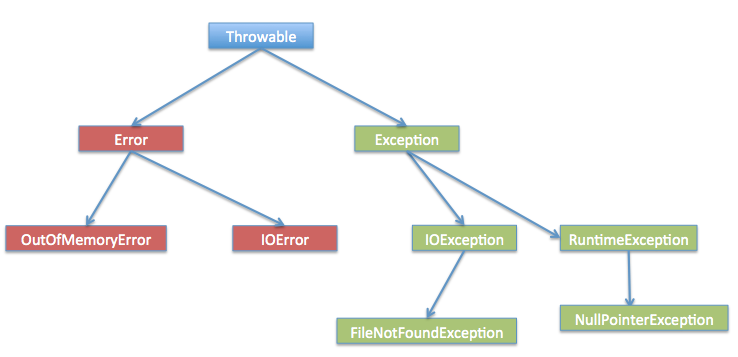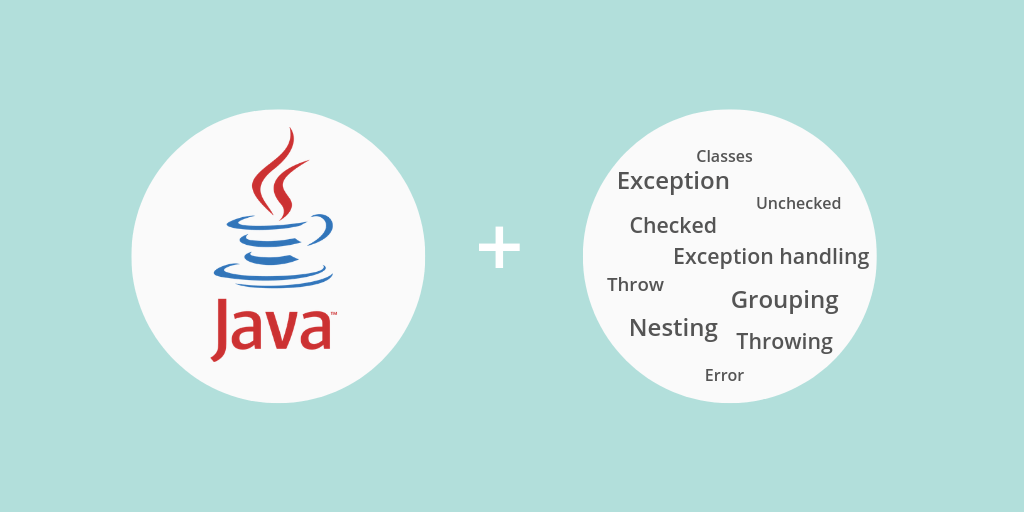Java development frameworks’ robust and versatile nature creates a requirement for developing applications without interruptions. Users operating within a system exhibit dissatisfaction, resulting in the loss of essential data and negative word-of-mouth releases about the product following an unanticipated shutdown or crash. Java application reliability and resilience depend on mastering the Java exception handling principles.
The fundamental mechanism enables developers to handle runtime errors through proper management, which prevents unexpected terminations while offering a recovery path or controlled failure handling process.
Exception handling forms the foundational approach in Java programming, which strategizes for unpredictable conditions. Standard execution operations in Java programs experience interruptions from different abnormal situations. Exceptions, which developers call runtime errors, stem from multiple points, including user input errors and network problems, together with file permission errors and logical bugs in the written code. Failure to use Exception handling in Java programs leads to exceptions rising through code blocks until they trigger fatal application crashes that force program termination.

Structured Error Management with Try-Catch Blocks
Java implements exception handling through a method that handles unexpected situations elegantly and in a structured manner. The try statement enables programmers to wrap potentially dangerous code inside its block while catching it, and finally, it offers additional control features. The control moves toward a matching catch block when an exception occurs in the enclosed try block. A corresponding catch block within the try block contains code that determines the action for handling the specific exception type that occurred.
The Foundation: Understanding Exceptions in Java
In the tutorials, you will understand the defining quality of Java’s exception-handling mechanism rests in its classification system for various errors. The exception class hierarchy in Java operates through the concept of inheritance in the Java language. The Throwable class functions as a foundation unit from which all error classes inherit, and it possesses two prominent direct descendants: Exception and Error. Error represents important issues that reasonable applications should not attempt to process because it includes Out Of Memory Error and StackOverflow Error. An exception within Java systems describes error situations that a program can handle during recovery operations.
The Hierarchy of Errors: Inheritance in Action
The programming language generates Exception categories through the combination of checked exceptions and unchecked exceptions that function as runtime exceptions. Java requires developers to catch both IOException and SQLException subclasses and Exception subtypes while omitting all subclasses of RuntimeException. Java compiles code with two options for developers who must place potential exceptions in try-catch blocks or include them in the method ThrowList. Developers must provide particular code within this method to address expected runtime execution problems during development.
Checked vs. Unchecked Exceptions: Compiler Enforcement
RuntimeException includes two subclasses of exceptions, which are NullPointerException and ArrayIndexOutOfBoundsException. A compiler does not enforce the requirement for catching or declaring such exceptions. Such errors stem from source code defects or improper input data, which usually signify improper programming design choices. Developers must implement correct programming techniques alongside input examination to stop runtime errors from surfacing because such exceptions remain optional to deal with.

The Try-Catch-Finally Block: Structuring Exception Handling
A finally block serves in Java Exception handling to run specific code regardless of any exception occurrence or catching. Finally, it helps perform essential cleaning tasks for acquired resources within the try block. The finally block runs with certainty to execute cleanup operations even when the try block terminates abruptly due to an exception.
Ensuring Resource Management with Finally
Through the throw keyword of Exception handling in Java, programmers can trigger explicit exceptions in the tutorials. The use of throw provides developers with a method to indicate application-specific errors and also enables exception re-throwing after initial handler execution. Application-specific error types can be defined by extending the Exception class to provide domain-specific error context when developing custom exceptions.
Explicitly Raising and Defining Exceptions
Exception handling implementation by Java developers produces stable program code structures and high-quality applications. The combination of simpler debugging routines and enhanced code prediction happens through the deliberate implementation of error-handling codes by developers. Users benefit from enhanced interaction due to this application, which demonstrates extensive error messages instead of sudden application termination while providing recovery options after errors occur.
Conclusion
Exception handling in Java operates beyond crash avoidance because it identifies a proper infrastructure for developing robust software systems. Java developers establish resilient applications by implementing strategic blocks along with comprehensive knowledge about inheritance relationships between exceptions and the difference between checked versus unchecked errors to manage runtime disruptions.
Knowledge of exceptions that may occur in the collection framework in Java becomes essential for maintaining data stability. Application mastery of these principles leads to software functionality that combines stability with user experience reliability for end-user satisfaction. The implementation of efficient Exception handling in Java serves as a professional indicator for achieving dependable, high-quality software.
